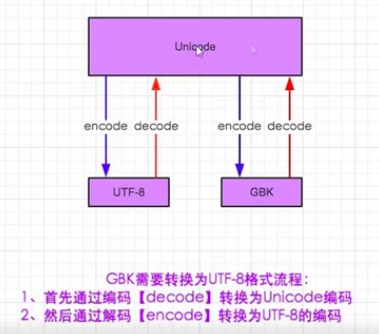1、文件处理
#Author:Elson Zeng #data = open("test").read() # f = open("test",'a',encoding='utf-8') #文件句柄
#f = open("test","a",encoding="utf-8") #文件句柄 追加(源文件)
#f = open("test","r+",encoding="utf-8") #文件句柄 读写(源文件)
#f = open("test","w+",encoding="utf-8") #文件句柄 写读(新文件)
#f = open("test","wb") #文件句柄 二进制文件
# #a = appen追加 # data = f.read() # # print(data) # # print('data') # f.write(" 我爱你") # f.close() f = open("test",'r',encoding="utf-8") #print(enumerate(f.readlines())) #high bige count = 0 for line in f: #f为一个迭代器 if count == 2 : print("___") print(line.strip()) count += 1 #low loop """ for index,line in enumerate(f.readlines()): print(line.strip()) if index == 1: print("_____") """
#光标位置(按字符计算位置)
print(f.tell())
#光标返回
f.seek(0)
print(f.readline())
#打印文件名
print(f.name)
#实时写入硬盘
f.flush()
#截断(字符串)
f.truncate(20)
import sys,time for i in range(20): sys.stdout.write("#") sys.stdout.flush() time.sleep(0.2)
2、文件增删改
#Author:Elson Zeng f = open("test",'r',encoding="utf-8") f2 = open("test_modify.txt",'w',encoding="utf-8") for line in f: if "取离别时的你" in line: line = line.replace("取离别时的你","取离别时的航健") f2.write(line) f.close() f2.close()
3、字符编码与转发

#Author:Elson Zeng #python3默认字符编码是unicode #decode解码(只针对unicode,写现在的类型) #encode编码(写转换的类型) s = "你好" s_to_gbk = s.encode("gbk") print(s_to_gbk) print(s_to_gbk.decode("gbk").encode("utf-8"))
4、函数
1.面向对象 ==> 类 ==> class
2.面向过程 ==> 过程 ==> def
3.面向函数编程 ==> 函数==> def
#函数def def fun1(): #文档介绍 print ("a") return 0 #过程def def fun2(): #文档介绍 print("b") x = fun1() y = fun2() print("from funt1: %s"%x) print("from funt2: %s"%y)
函数非固定参数
#*args :接受N个位置参数,装换成元组的方式 def test(*args): print(args) test(*[12,3]) #**kwargs: 接受N个关键字参数,装换成字典的方式 def test2(**kwargs): print(kwargs) print(kwargs['name']) test2(**{'name':"elson",'age':18}) def test3(name,**kwargs): print(name) print(kwargs) test3('elson',age=18)
全局变量
school = "1111"
#声明全局变量(字典、列表、类都能在局部改变量)
def test():
global school
school = "Old the boy"
test()
print(school)
5、递归
def calc(n): print(n) if int(n/2) ==0: return n return calc(int(n/2)) calc(10)
递归特性:
1. 必须有一个明确的结束条件
2. 每次进入更深一层递归时,问题规模相比上次递归都应有所减少
3. 递归效率不高,递归层次过多会导致栈溢出(在计算机中,函数调用是通过栈(stack)这种数据结构实现的,每当进入一个函数调用,栈就会加一层栈帧,每当函数返回,栈就会减一层栈帧。由于栈的大小不是无限的,所以,递归调用的次数过多,会导致栈溢出)